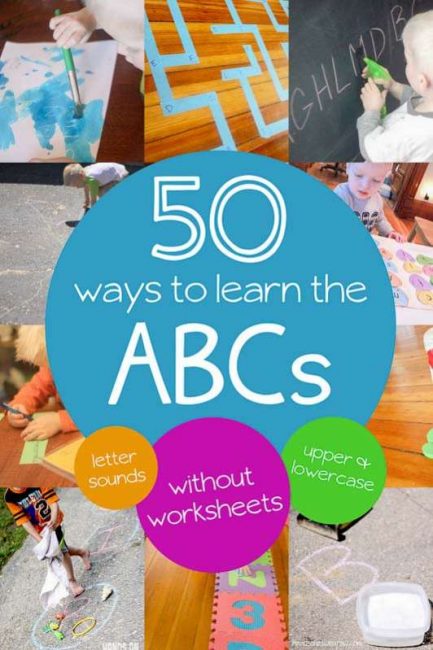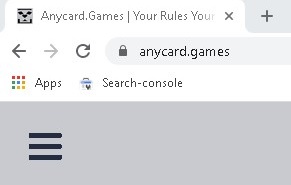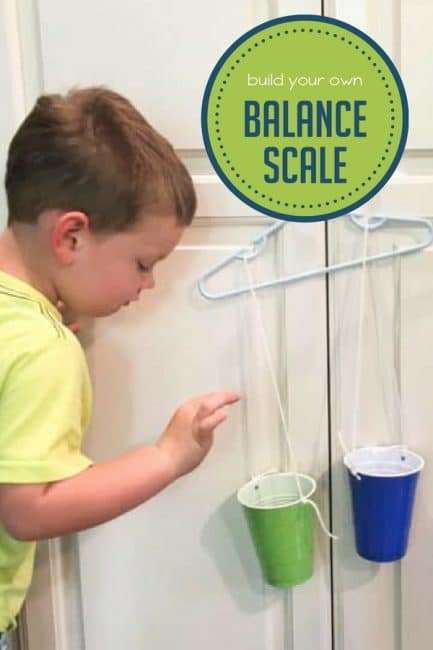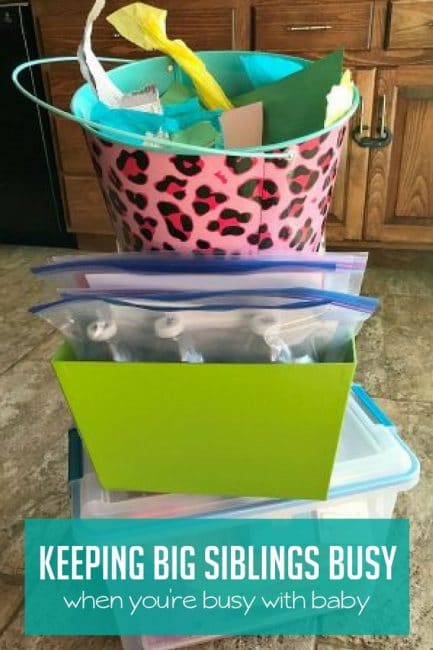
Click here to read 50 Incredible Alphabet Activities for Preschoolers on Hands On As We Grow
It’s almost time for back to school and these alphabet activities will come in handy!
As a preschooler, I don’t really think a lot is expected for them to know. Some basics are good though, like colors, shapes, numbers and letters.
To refresh your preschooler’s memory of letter recognition in general, as well as knowing the uppercase and lowercase alphabet and getting to know some of the letters sounds, I’ve been collecting ideas for activities that Henry can do to get him back on track of school. (Check some more out my ABC Learning & More Pinterest Board.)
Not to mention it’ll be great to get me back into school mode too!
Here are 50 alphabet activities preschoolers.
Recognizing Letters of the Alphabet
Identifying the letters if the alphabet can be a fun activity for preschoolers to learn while playing! 25 Alphabet activities to recognize the letters of the alphabet.
- An ABC Mat is super handy to have on hand when your child is learning the alphabet! Try an active ABC mat learning game to get them really involved!
- By singing the ABCs the child can find his way through an alphabet maze! Use vehicles or a ball, or even a doll to walk their way through the maze.
- Squirt the Letter.
- Make learning magical with magic letters that the kids reveal as they paint over them.
- Do a letter search and find and match the pieces back together. (Little Hands, Big Work)
- Make a sensory bag to find the letters.
- Get creative and have her feed the monster letters as you call them out. (Little Family Fun)
- Use sticker letters to match to letters that you write on a paper towel tube! (Activity Mom)
- Make letters from pipe cleaners. (Make and Takes)
- Have fun stacking letter tiles! The catch? Name the letter before you can add it to your tower! (Stay At Home Educator)
- Try a magic trick like Playdough to Plato does with a ABC cup hunt game! Which one is the pom pom under?
- Find the letter and trash it! A fun idea from Motherhood on a Dime.
- Playing House does a bean bag toss into a letter tub that you call out.
- A twist on musical chairs, play musical alphabet and identify the letter you stop on! Mom to 2 Posh Lil Divas can make this more difficult for older kids too!
- Fish for Letters from First Palette. Can you identify your ‘catch’?
- Letter “I Spy” with Grown Up Board Games from A Heart for Home.
- Make these simple ‘building blocks’ so your child can build a letter and then tell you what it is! (Simple Real Moms)
- Write the alphabet on the sidewalk and water the ‘garden’. (Toddler Approved)
- Magnetic letters matching from NutureStore http://ift.tt/2A2EUIx
- Simply make it a race! Lay out some letter cards and shout out a letter, have your child run as fast as they can to find it and bring it back to you. (Frugal Fun 4 Boys)
- A classic from my childhood. When in the car and traveling, do an alphabet hunt. (Teach Mama)
- Let the children play on a typewriter, or old computer keyboard. (Let the Children Play)
- NurtureStore reinforces alphabet identification by baking the alphabet.
- Another use for the ABC Mat is to play twister! (Learners in Bloom)
- Homemade letter sponges for the bath from Learning 4 Kids are a fun learning addition to bath time!
Additionally, these products are excellent to have on hand when learning letters.
These include my affiliate link that helps support hands on : as we grow at no additional cost to you if you purchase. Thank you.
- Alphabet Foam Puzzle Mat
- Foam Bath Letters & Numbers
- Large Wooden ABC 26-piece Puzzle
- Melissa & Doug Classic ABC Block Cart
- Alphabet Fun Flash Cards
- LeapFrog Fridge Phonics Magnetic Alphabet Set
Learning Uppercase & Lowercase Letters
Lowercase letters tend to be harder for preschoolers to identify as well as match up with their uppercase counterparts. 9 alphabet activities to help distinguish between upper and lower case letters.
- Got on a letter hunt and match the found letters to a set of lowercase letters!
- Match uppercase and lowercase hearts using a free printable.
- Write lowercase letters on clothespins and have your child match and clip them onto an uppercase letter that’s printed (or written) out. (I Can Teach My Child)
- Bring out the Easter Eggs. Label each side with corresponding upper and lowercase letters! Can your child put the eggs back together? (Teachers Pay Teachers)
- Learn letters on the go with two paper plates, one with lowercase, one with uppercase letters. No Time for Flash Cards has the how to.
- Make learning the ABCs a big event! Turn the floor into a mega doodle of letters and then match corresponding letters to it! (Filth Wizardry)
- Match upper and lowercase letters on the sidewalk.
- Practice writing while also learning both upper and lowercase letters by using a tray of salt. (Teach Preschool)
- Play a game of alphabet bingo. (Teach Mama)
Letter Sound Activities
Many of the activities that are listed for recognizing the letters of the alphabet can also be adjusted for learning the sounds of the letters too! 16 alphabet activities to work on the sounds of the letters!
- Go on a hunt for toys that start with the letters and then got to punch through for a prize in our letter sound punch game.
- Make a game to sort by beginning letter sounds.
- An active way for the kids to learn their letters is simply with a ball and shouting out words that start with a letter! The Pleasantest Thing gives us many variations of this game in her guest post!
- Take learning outside with an sidewalk letter sound scavenger hunt like I Am Momma – Hear Me Roar.
- Another version of this would be to spray the letter that makes the sound from Train Up a Child.
- Indoors, set out some paper and letters on them and have the kids find as many toys as they can that start with each letter. (A Thoughtful Place)
- Simple. Kids love to pretend to ‘work’. Give them tees and a hammer and pound the sound idea from Happy Brown House.
- Add letters to muffin tins and toss a small object. Where it lands the child has to tell you what sound that letter makes. This idea’s found at ABC & Learning by Playdough to Plato.
- Do a beginning letter sound toy wash!
- Climb up the stairs when you get the right letter sound from A Mom with a Lesson Plan.
- Make a collage from magazine cutouts for letter sounds. (Carrots are Orange)
- Get active with a letter sound jumping game from The Imagination Tree.
- A Run N Spell game from Having Fun At Home gets the kids moving and learning starting letter sounds.
- “Baking” the Alphabet on a hot day from Not Just Cute. Hungry for a banana? Fill up the letter b-b-b-B!
- Alphabet bowling with letter pins from Toddler Approved
- Use letter pops (sticks with a letter on the end) to have the kids identify objects from around the room or house that start with the same letter. (Dr. Jean & Friends)
- Match toys to letters with this hands-on sound activity from No Time For Flash Cards
Fantastic Books for the ABCs:
Supplement these learning activities with books and your preschooler will be singing, reciting, spelling and sounding out the ABCs in no time I bet!
These include my affiliate link that helps support Hands On As We Grow at no additional cost to you if you purchase. Thank you.
- Alphabet Book (Farmyard Tales Books Series)
- Alphabet Rescue
- Alphabet Mystery
- Dr. Seuss’s ABC: An Amazing Alphabet Book!
- I Spy Letters
I’d love to know. Henry learned his alphabet really early it seemed. Identifying a few letters when he was 20 months old and knowing almost the entire alphabet when he was just over 2 years old. George on the other hand has no interest yet at 22 months so it’s not on our radar.
Onto numbers! 40 number activities for preschoolers too!
When was your child able to identify some letters of the alphabet?


